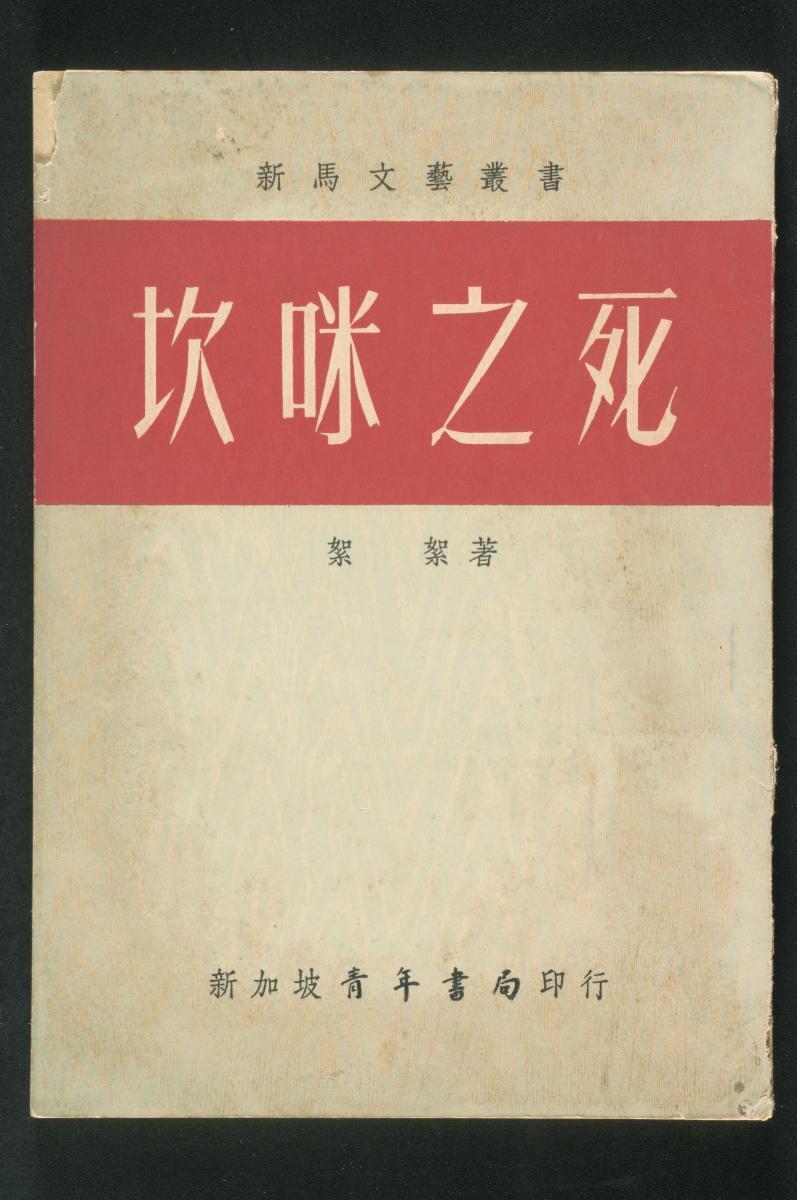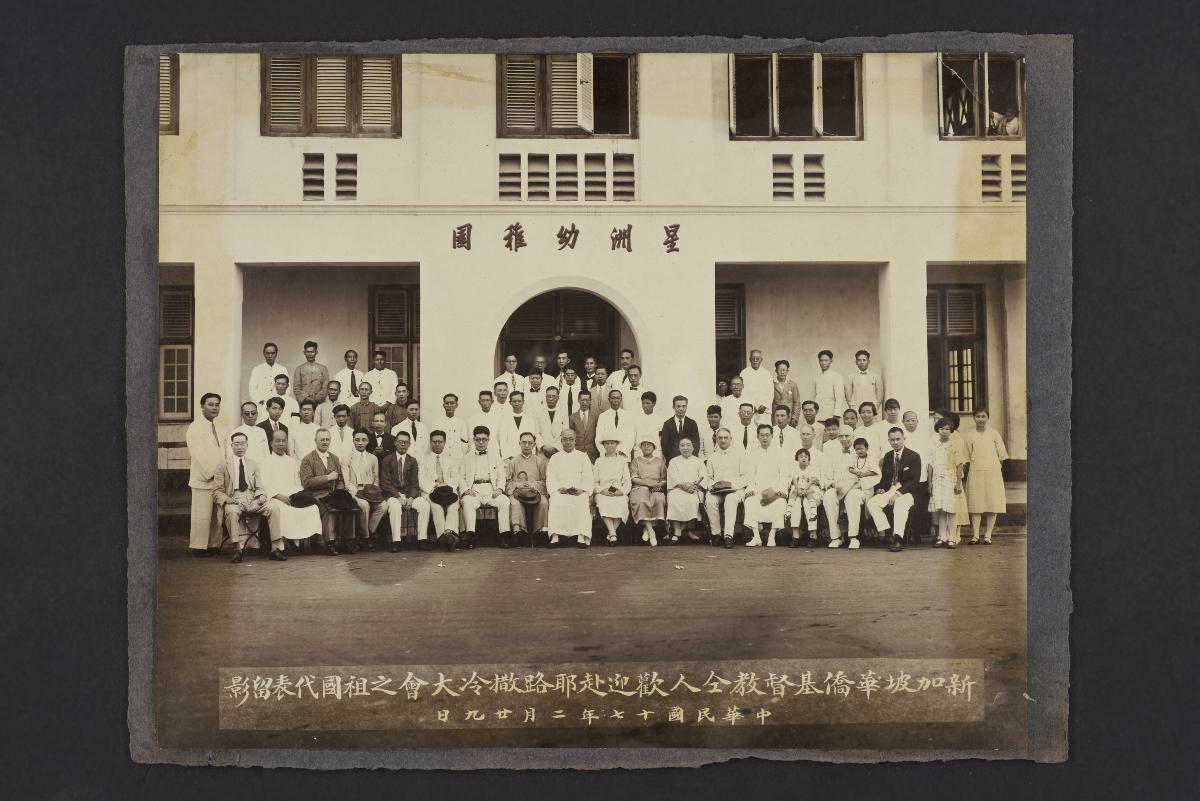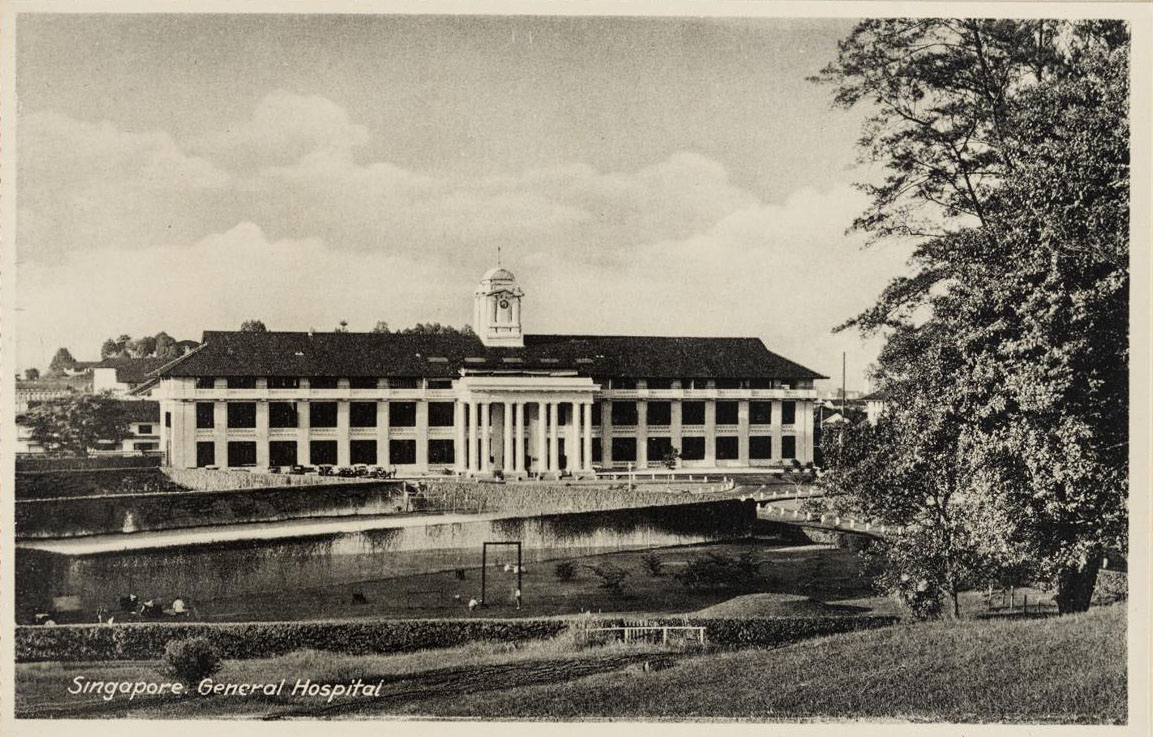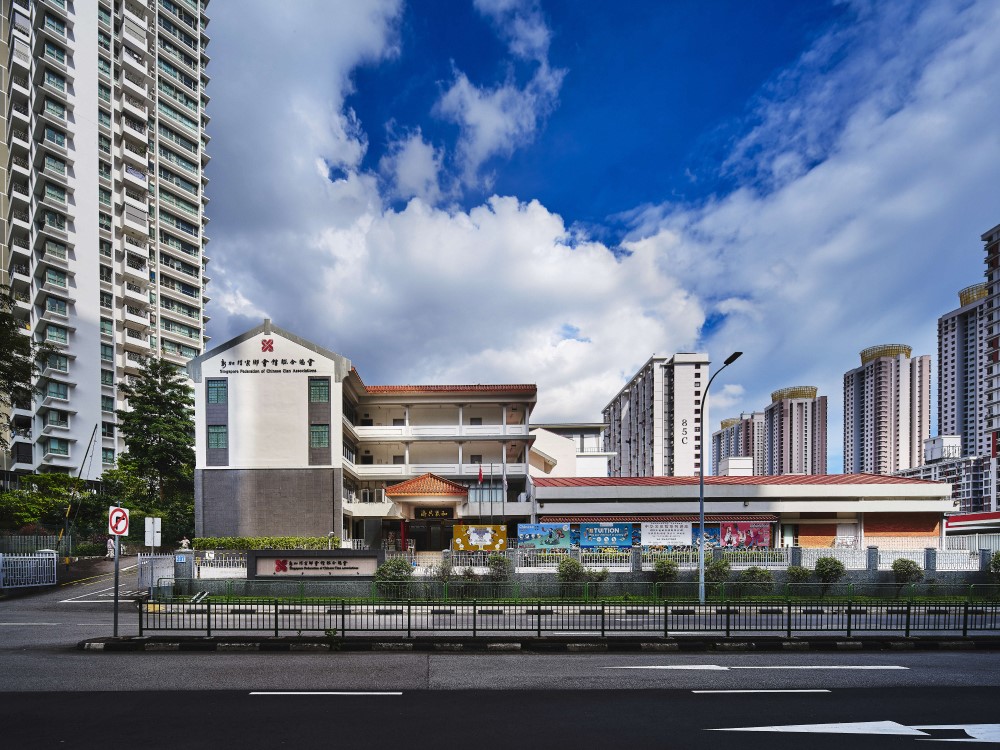TL;DR
In this article we explore the evolution of beliefs and practices related to death and the afterlife within the Chinese community in Singapore. Starting with a documentation project on Cantonese funerary rituals, we observe that despite a general reluctance to discuss death in everyday life, it remains a key rite of passage that is carefully curated, orchestrated and ritualised even in modern society. Consequently, the afterlife is still perceived as a “way of living”, maintaining bonds between the living and dead. We conclude by proposing that the centrality of death and the afterlife to Chinese beliefs presents a unique opportunity to unite scholars and practitioners from different disciplines in documenting the heritage of Chinese Singaporeans for the future.
Introduction
Death and dying are sensitive topics in Singapore. Like many modern societies, we often approach death as a “taboo” subject, something that should not be talked about in polite conversation. Many other subjects related to death, like preparing for one’s funeral, writing a will, or even musing about death, also fall into the “do not talk about” category. In the Chinese community in Singapore (or for the purposes of this article, “Chinese Singaporeans”), talk of death or dying is often met with the colloquial utterance of “choy!”, an utterance meant to discourage words that might bring misfortune or bad luck. In other words, one should not speak of death (either one’s own or others’) lest death perceives this as an invitation to act.
Despite this apparent aversion to talking about death, our research has shown that among Chinese Singaporeans death is regarded as a family and community-led event, and funeral rituals are often orchestrated and advised by industry professionals. The latter demonstrates the importance of professionals (alongside religious and spiritual leaders) in the continuation and safeguarding of historical death practices.
Our research project initially focused on Cantonese funeral rituals, in collaboration with Dr Janice Kam at the Singapore University of Social Sciences. We aimed to explore the perception, remembrance and/or adaptation of these rituals in modern Singapore. Our choice of Cantonese rituals was an acknowledgement of Cantonese as one of the major Chinese “dialect groups” in Singapore, and provided an interesting contrast to the more numerous Hokkien and Teochew speakers. This initial focus on one dialect group was also to understand the ways different regional variations came together in Singapore. In other words, how does Singapore’s status as a global city and melting pot of Chinese ethnicities affect the way death is thought of and engaged with?
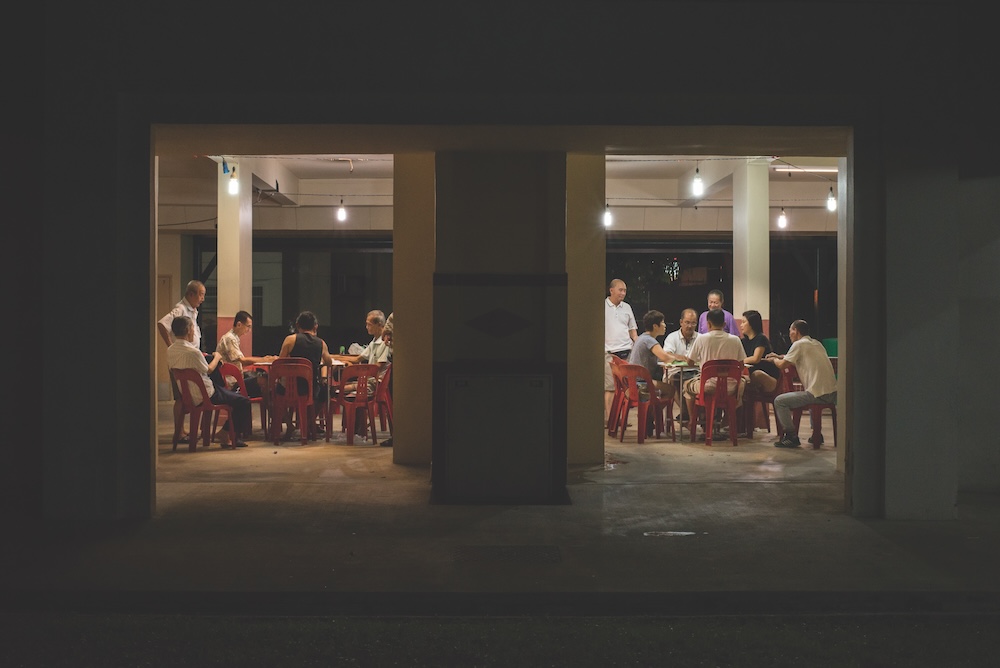
This initial research, supported by the National Heritage Board’s Heritage Research Grant project, was conducted between 2018 and 2021. We conducted the research through a combination of desktop scans, semi-structured interviews with practitioners, ritual specialists, community participants, and photographic documentation of funerary objects. While we kept a focus on Cantonese-specific variations, we also sought to record rituals, practices and objects that were generally used by the Chinese Singaporean community. We were interested to know not just how rituals are conducted but also why.
Our research yielded several interesting findings, two of which we will mention in this article. The first is that despite there being many commonalities shared within the Chinese Singaporean community, there are distinct aesthetic and material differences between some rituals and objects. These differences were expected given the historically diverse regional variations between the dialect groups, in the same way we see differences in Hokkien, Cantonese, Hakka and Teochew cuisines in Singapore. However, unlike cuisines, few individuals were aware of such differences until they were directly involved in a funeral or had to organise one. This lack of awareness meant that such differences contained an element of “hiddenness”, potentially exacerbated by the lack of knowledge transmission between generations. In other words, a reluctance to talk about death also impedes an understanding of the nuances of death cultures.
Despite this “hiddenness”, the rituals and material culture of Chinese Singaporean funerals are well-maintained by both religious/spiritual leaders as well as industry professionals. Through our interviews, we found that individuals with the most knowledge around practices are not just the nam mo lou (Taoist priests), but also funeral directors who are often the first point of contact for the bereaved. In addition to this, we found that funeral companies have become key suppliers of ritual funerary objects that were crucial to the visual opulence one often witnesses in wakes and funerals.
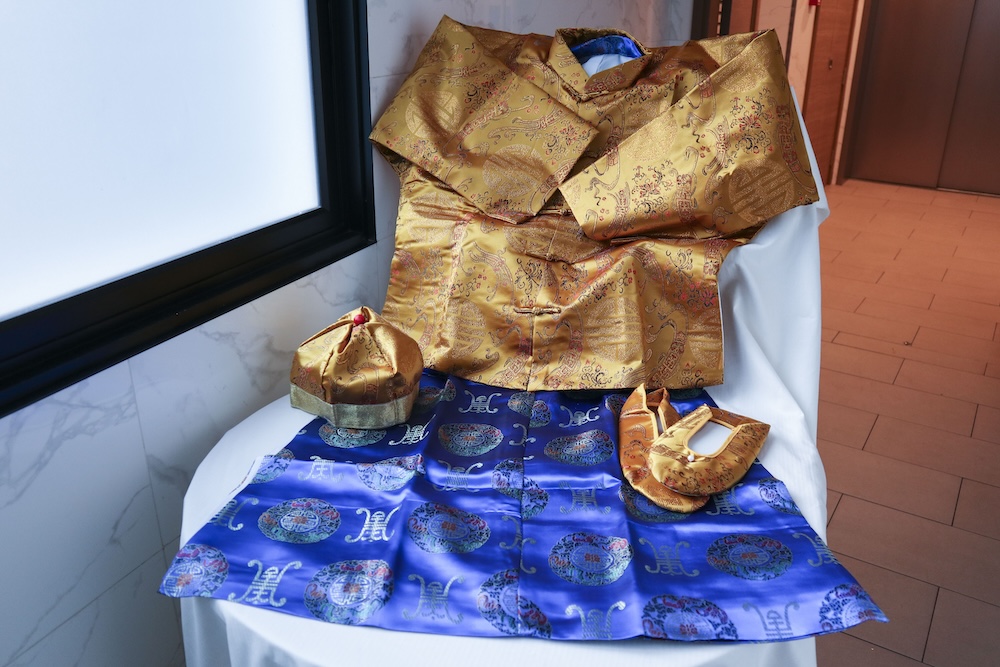
Our interviews and photographic documentation resulted in a small database of contemporary Chinese funeral practices and objects, located at www.chinesefuneralpractices.sg. We also included a list of historical images related to Chinese funerals in Singapore at the National Archives of Singapore, as well as an academic bibliography of sources for those interested in reading more about Chinese funeral rituals and cultures.
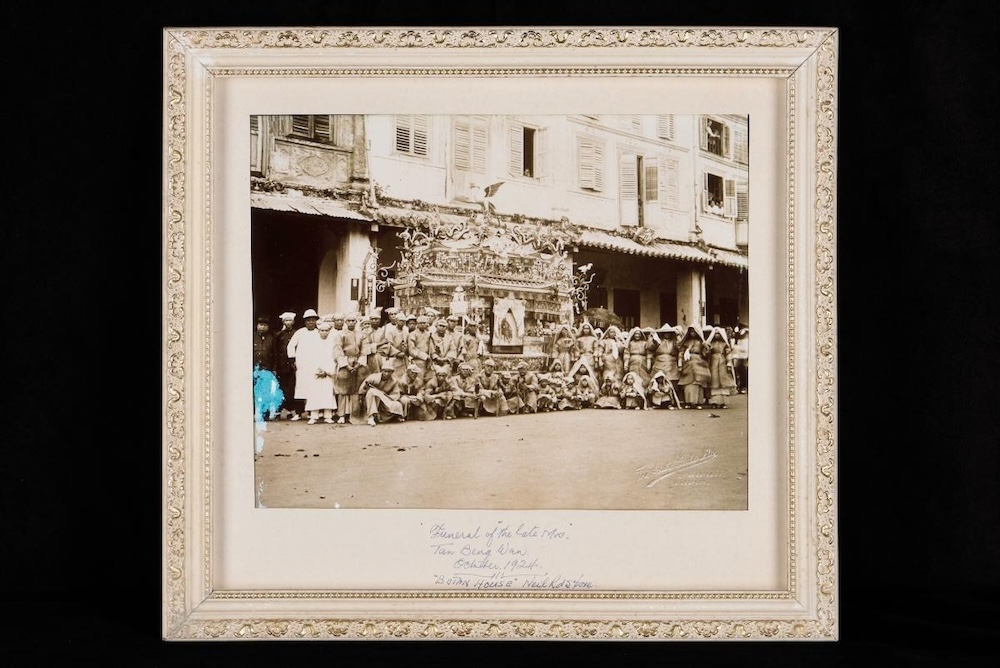
The second finding was that death and the afterlife remain pervasive themes in the everyday lives of Chinese Singaporeans, albeit in symbolic and “unspoken” ways. While death is not confronted head-on, it is also not entirely hidden from public view. Rituals commemorating the dead and maintaining bonds between living and dead are persistently practiced throughout the year. These include the Qing Ming Festival and the Hungry Ghost Festival, both of which involve re-asserting bonds of kinship and familial ties. Death does not simply end with funerals – hui hun ri 回魂日 (day of the soul’s return) is a post-funeral event which involves bereaved family members preparing a meal in anticipation that their dead relative will return for a night to the family home. Priests calculate the date, time and physical direction of the soul’s return, along with the soul’s “height” (ranging from 9ft to 18ft), and candles are burnt to guide the soul home. Such events and other rituals remind us of how much the deceased continue to be seen as individual persons, rather than anonymous, ethereal beings.
One might assume that given the rapid modernisation of Singapore, and rising secularisation globally, that historical rituals and beliefs would fade more quickly. This is not the case in Singapore, where relationships with the afterlife (both religious and/or cultural) are still holding fast. As our research progressed, we recognised an opportunity to delve deeper into the perceptions of death and the afterlife of Chinese Singaporeans, beyond just documentation of funeral rituals and primarily religious beliefs. Death, or themes of death, were apparent not just in ethnic-focused festivals, but also in everyday secular contexts. We noted how many academic studies on death tended not just to focus on a single discipline at a time, but also (at least in the social sciences) on countries and societies outside of Asia. We saw this as a chance to offer a snapshot of how death and the afterlife are perceived through the lens of the Chinese Singaporean community via a variety of disciplinary approaches.
Accordingly, we set about to develop an edited collection of essays and visual essays, Death and the Afterlife: Multidisciplinary Perspectives from a Global City – the title itself a nod to Singapore’s position in the global flow of culture and media. We sought contributions from a variety of scholars, practitioners and individuals who work on the boundaries of theory and practice. We invited individuals at different stages of their careers, who worked in a variety of adjacent disciplines, including history, anthropology and theatre studies. We gathered a rich menagerie of chapters on ancestral offerings during Qing Ming in Bukit Brown Cemetery (Dr See Mieng Tan), an ethnographic history of Chinese Buddhist funeral rituals (Associate Professor Jack Meng-Tat Chia) and the ways in which death and mourning are performed in the online realm (Assistant Professor Alvin EH Lim). Some collaborations were serendipitous, including stumbling upon a photography essay on social media that aligned directly with the project’s themes (Dingwei Tan’s photo essay on a Chinese funeral in a void deck). Alongside scholarly analysis and creative interpretations, we also wanted to showcase real-world applications by civil society in the realm of death and dying, and are pleased to include Jill J. Tan’s chapter on death and community arts engagement.
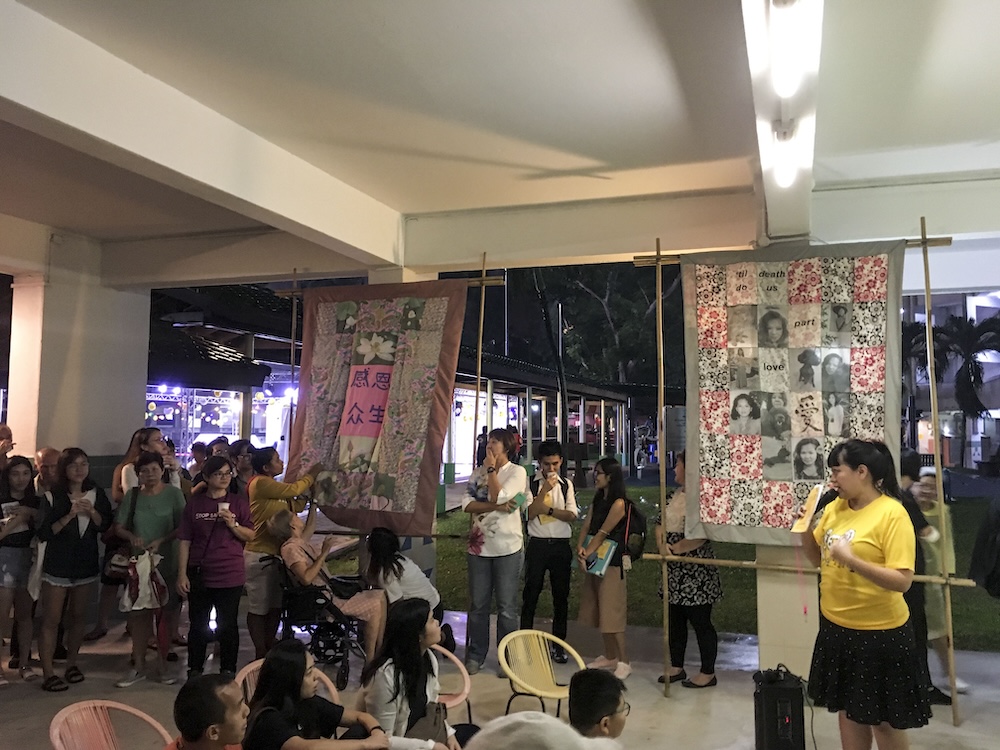
There remains much more work to be done on documenting and understanding the heritage of death in Singapore. Our study and ensuing book have only scratched the surface of customs, beliefs and rituals that permeate and shape the lives of Singaporeans. More research and documentation need to be conducted on other ethnic groups and religious communities in Singapore that have an equally rich and diverse set of beliefs and practices. This would include not just religious and civic institutions, but also professional individuals and commercial entities who play a significant role in retaining the shape and form of many traditions.
This project was supported by the National Heritage Board’s Heritage Research Grant and Minor Project Grant.
Death and the Afterlife: Multidisciplinary Perspectives from a Global City, is now available online at Routledge.com




